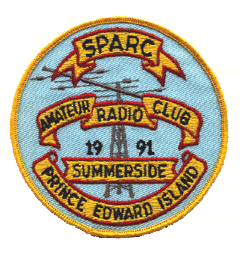|
Being a country with a short coastline, it only has a handful of Lighthouses so it is a great pleasure to have the Namibis ARL take part in the event for the 12 th time since the year 2000. The database that we use as our lighthouse encyclopaedia, http://www.ibiblio.org/lighthouse/, has these details:- Pelican Point (Walvis Bay) 1932 (station established 1916). Active; focal plane 35 m (115 ft); three white flashes, separated by 3.6 s, every 20 s. 34 m (112 ft) round cast iron tower with lantern and gallery. Tower painted with black and white horizontal bands; lantern painted red. An adjacent 3-story building, the former harbour control centre, is now the Pelican Point Lodge. Fog horn (one short blast, two long blasts, and one short blast every 30 s) located 180 m (200 yd) north.. Ordered originally by the government of South Africa for use at Durban in eastern South Africa, the lighthouse was installed instead at Walvis Bay, then under South African administration. It replaced a post light hastily erected after South African troops recaptured Walvis Bay from German troops during World War I. A powerful light with a range of 40 km (25 mi) was installed in 1961. Pelican Point is a long sandy peninsula sheltering Walvis Bay, the best naturally protected harbour on the southwest African coast. The light station was built at the tip of the peninsula, but over the past century the spit has extended itself almost 2 km (1.2 mi) farther to the north. The spit is a protected nature reserve, and access is limited, but tours to the light station are available from the town’s waterfront. ILLW NA0003. Kevin Mulcahy vk2ce |

 The Namibian Amateur Radio League, V51NAM, has submitted the 300th entry in this year’s International Lighthouse Lightship weekend which takes place on 17th and 18 th August.
The Namibian Amateur Radio League, V51NAM, has submitted the 300th entry in this year’s International Lighthouse Lightship weekend which takes place on 17th and 18 th August.